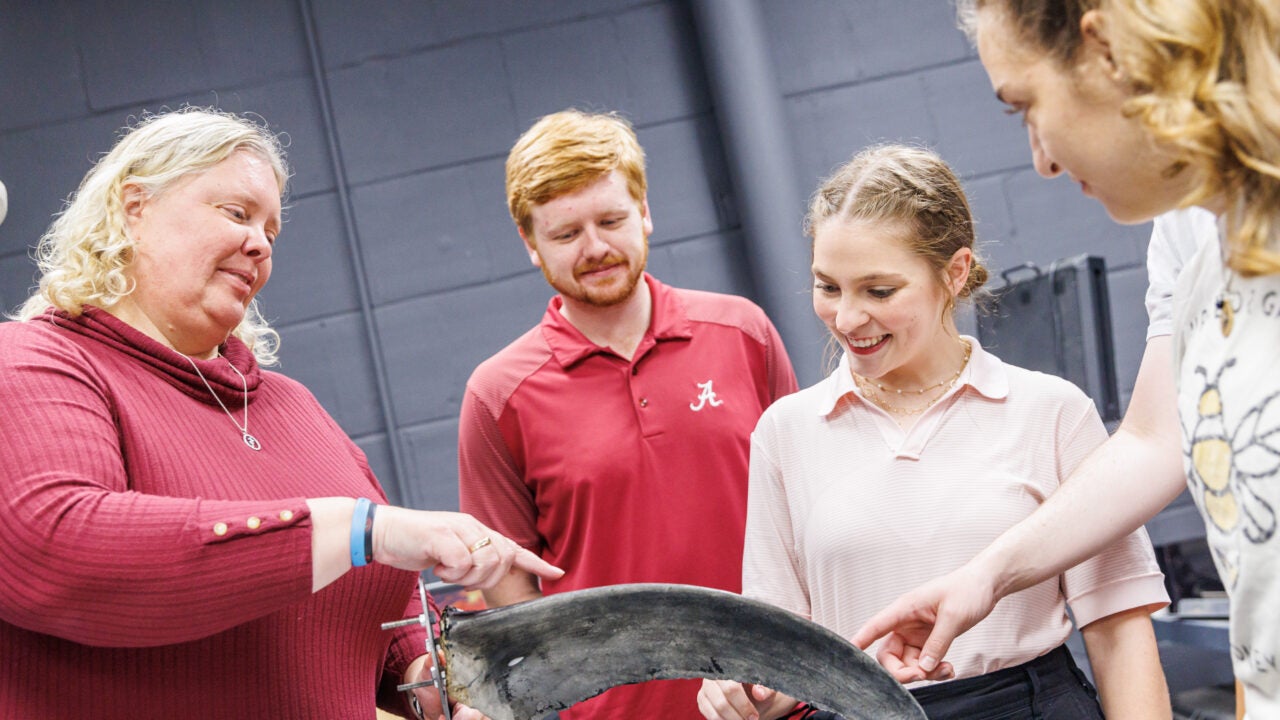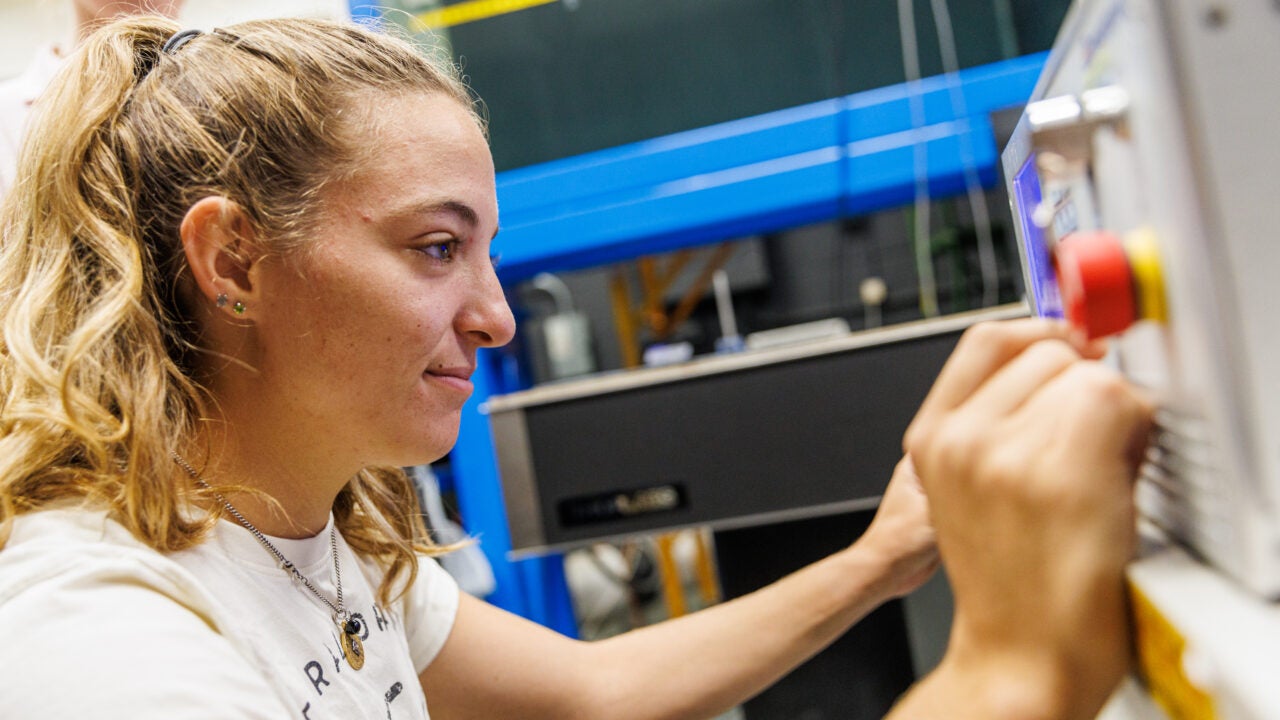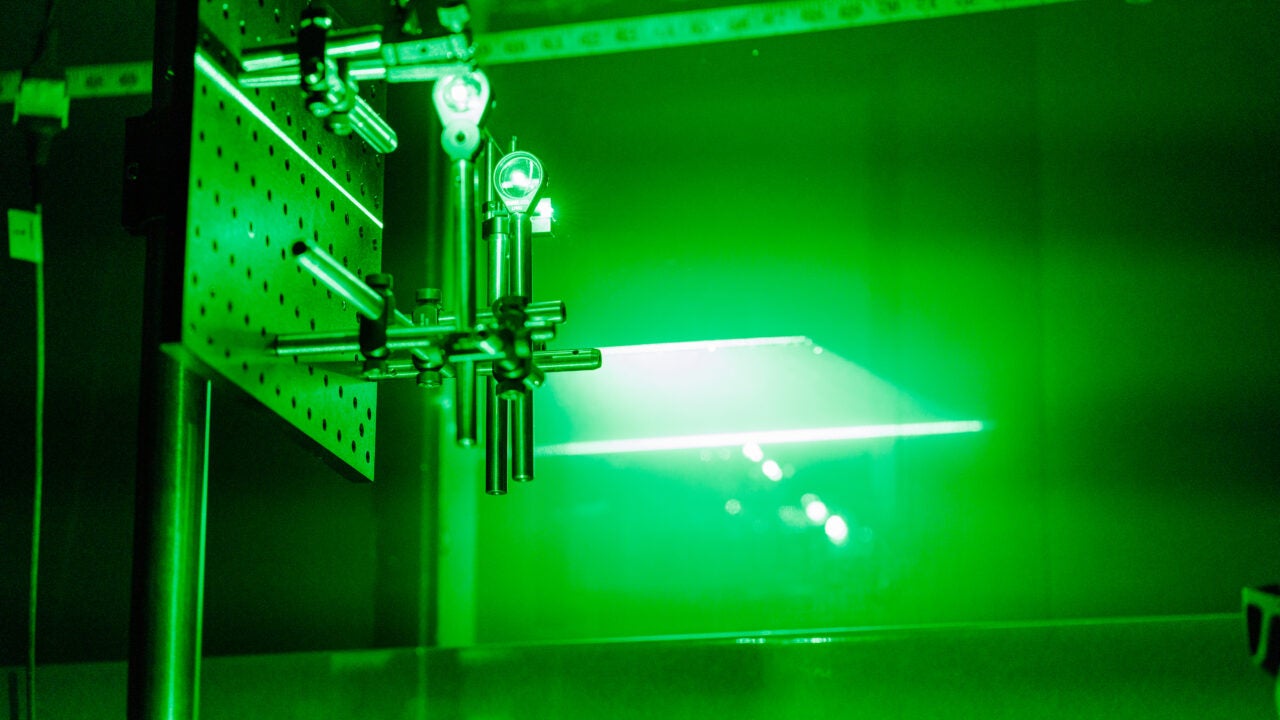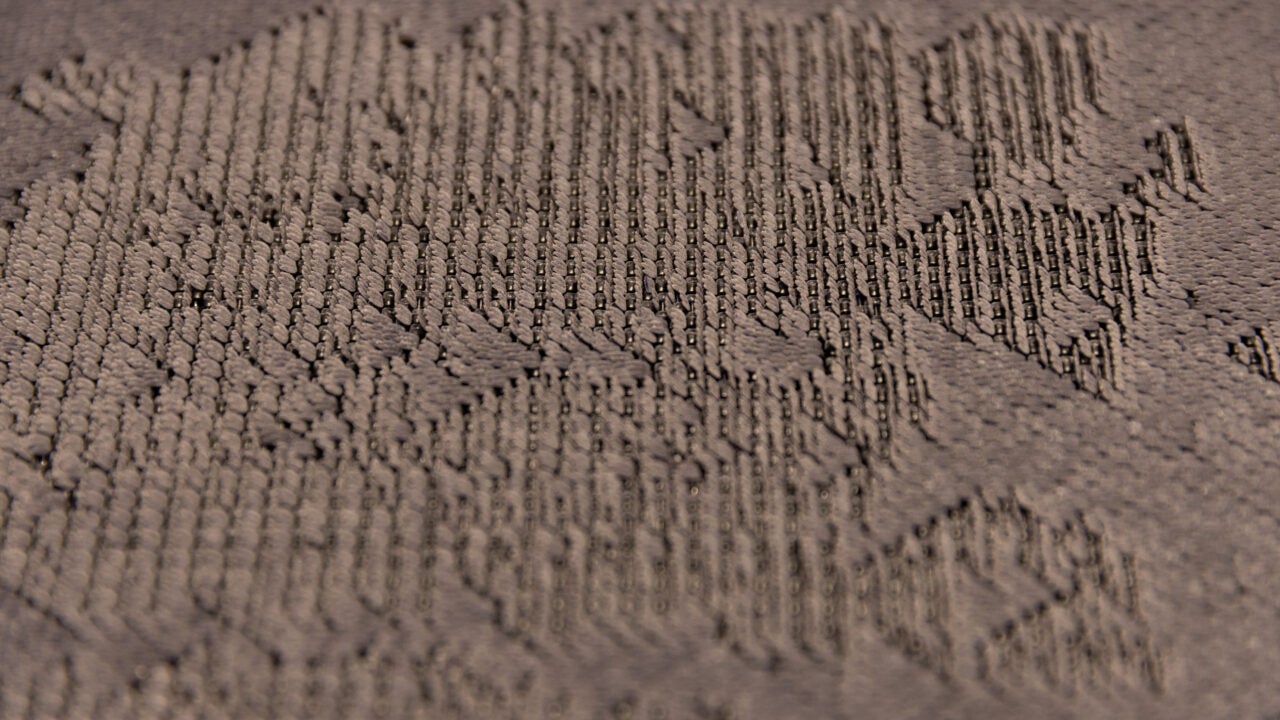Inside The University of Alabama’s Bio-inspired Flow Control Laboratory, Dr. Amy Lang, a professor of aerospace engineering and mechanics, and her undergraduate and graduate students draw inspiration from nature to revolutionize vehicle efficiency and maneuverability.
They’re working to unlock the secrets of the shortfin mako shark, which uses its specialized scales to reduce drag and achieve remarkable speeds.
By learning how sharks control flow separation — how the water stays attached as it moves over the shark’s skin — they aim to apply this natural innovation to man-made technologies.
“Sharks, especially the mako, actively control the water flow over their bodies by orienting their scales in a way that disrupts reversing flow,” Lang explained. This allows the shark to maintain speed and agility. Sharks’ scales bristle upwards when water flow reverses, creating resistance, and lie flat when the flow moves forward across their body, aiding in smoother fluid interaction.
The potential applications of this research could reshape how we think about efficiency in aquatic and airborne vehicles.
To better study these dynamics, the lab is equipped with cutting-edge equipment, including a water tunnel outfitted with advanced laser diagnostic systems for precise flow measurements. In this controlled environment, they study how skin samples from the mako can control flow separation.
Although the scales are too small to be seen by the human eye, the team also creates and tests 3D-printed models of the flexible scales. This allows them to replicate the mechanism such that the scales respond to the direction of the flow. Using controlled experimental conditions, they induce a region of reverse flow over a test plate, causing the 3D-printed scales to bristle up in response and reduce the flow separation compared to a smooth surface. They use digital particle image velocimetry to measure the flow dynamics inside the tunnel, filling it with reflective glass particles and illuminating them with a laser. High-speed cameras capture the flow field, which is then analyzed for insights into the behavior of the flow and scales fully resolved to capture the high-frequency fluctuations.
By studying how shark scales manage flow separation, Dr. Lang and her team are taking the next step toward applying these biological principles to real-world technologies, from reducing drag to optimizing performance. The potential applications of this research could reshape how we think about efficiency in aquatic and airborne vehicles.
“Engineering is a dynamic field, and nature often offers solutions to our challenges,” Lang said. “I hope my students find inspiration in this research and discover the thrill of hands-on experimentation.”



